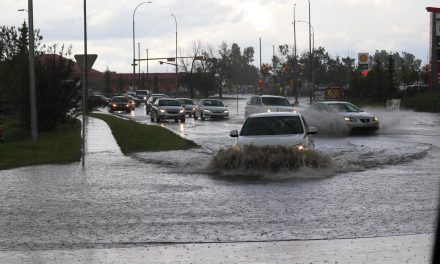On May 5, after six years of litigation, the U.S. Supreme Court declined Los Angeles County and its Flood Control District’s request to review a 9th Circuit Court of Appeals ruling. For now, the ruling that found the county and district liable for violating water quality standards established in a 2001 stormwater permit will stand. However, the case will now return to the United States District Court in Los Angeles for further proceedings.
The case was initiated by the Natural Resources Defense Council and Santa Monica Baykeeper in 2008. The county and district’s liability was established based on downstream monitoring of the Los Angeles and San Gabriel rivers. However, monitoring reflected discharges from thousands of sources, including municipalities, sewage treatment plants, and industries.
The municipal stormwater permit covers multiple jurisdictions, and the district manages 805 km (500 mi) of open channels and 4500 km (2800 mi) of underground storm sewers. “The fight for clean water is a collective priority for all stakeholders within the region,” said Gail Farber, chief engineer of the Flood Control District and director of the Los Angeles County Department of Public Works. “That effort includes working with the 88 cities and 140 unincorporated communities within Los Angeles to prevent runoff pollution emanating from private property from entering the region’s waterways.”
Farber called the Supreme Court’s decision disturbing because the Ninth Circuit’s opinion assigns liability for pollution control to municipalities without considering the sources of the pollution and without evidence that the municipalities actually violated any permit specifications. “This could force municipalities to redirect limited public funds from other critical services to spend on controlling pollution from private and other sources that are the responsible parties,” said Farber.
The 2001 permit also has since been updated with new conditions, including limits on 33 contaminants such as hydrocarbons and lead. Further, cities are adopting low impact development ordinances and building multiuse stormwater projects. Read more about the history of the case.




